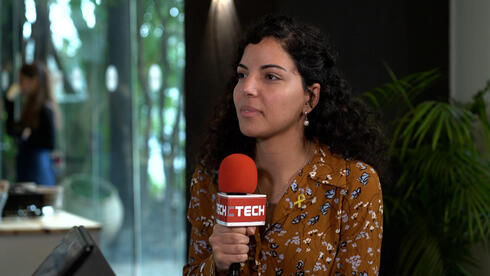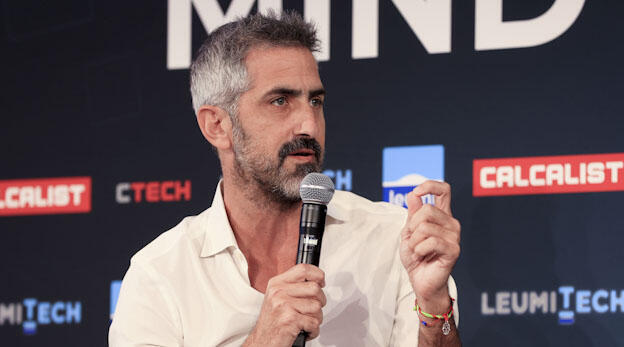
"A pension is no longer enough, you also need a savings policy or a provident fund for investment"
Michal Gur–Kagan, Deputy CEO and Head of Life and Health at Migdal, and Hagai Oren, CEO of Meitav Provident and Pension Ltd., were speaking at the Calcalist and Migdal Investment and Finance Conference.
As part of the Calcalist and Migdal Investment and Finance Conference, a panel on long-term money management was held, moderated by Amir Perger of Calcalist.
The panel featured Michal Gur-Kagan, Deputy CEO and Head of Life and Health at Migdal, and Hagai Oren, CEO of Meitav Provident and Pension Ltd. The discussion focused on the saver's perspective and long-term savings instruments.
When talking about long-term savings, most people think of pensions, but there are other instruments. Why do we need them?
"Our pensions have been eroding in recent years due to increased life expectancy," said Gur-Kagan. "If, in the past, the replacement rate, the ratio of pension to salary, was around 60–70%, today it's closer to 50%. That’s not enough, especially when you consider the growing need for long-term care, one in three people will require it. So while income is shrinking, needs are increasing. That’s why it’s essential to supplement pension savings with additional products. Institutional entities offer savings policies and provident funds for investment. These come with benefits and incentives to help build that additional cushion for retirement. A retirement policy is a savings product to which insurance riders, like long-term care, can be added. It’s crucial to understand that the pension alone is not sufficient."
Hagai, when you speak with clients, what issues concern them most?
"Long-term returns, stability, and risk management, all alongside digitization and service," said Oren.
When you talk about returns, do institutions highlight this in advertising? What does the client need to know?
"Clients need to look at long-term return levels and feel confident in their financial provider," said Oren. "There are many players, and some manage to generate solid returns with a moderate level of risk. But service and digitization are equally important, especially in light of the new regulatory pathways. The younger generation manages their finances digitally, and it’s critical that savers can do everything through an app. In short, accessibility and digitization, alongside long-term returns, are the keys to success."
Many people focus on management fees. Why are there additional expenses beyond the fixed fees, and why aren't they clearly presented in your publications?
"There are regulations that require disclosure, and we do comply," said Gur-Kagan. "If a company uses multiple funds and external managers to improve returns, and succeeds, then why does it matter? The separation between fixed and variable management fees is arbitrary and technical. Some companies invest more in funds, pay higher fees, but also generate higher returns. Ultimately, what matters is comparing net returns to total management fees."
"I agree," added Oren. "Even when you invest in the stock market, there are management and operational expenses, you don’t judge a company based solely on those. In this context, direct expenses are not the whole story."
In February, the Arbitration Committee published its interim recommendations, including the proposal to unify all savings products under a single investment account. What are your thoughts, and what’s likely to happen next?
"We believe these recommendations are good for savers," said Oren. "They’ll increase competition and transparency, which will benefit consumers. Currently, the differences between products serve some providers. Savings policies, for example, suffer from low competition, limited transparency, and high fees. Opening up the market will give consumers more choice."
"I disagree," countered Gur-Kagan. "These recommendations could significantly harm consumers. They lump together products designed for different purposes, mutual funds, savings policies, and investment provident funds. Forcing a comparison between such different products can mislead savers, and the operational complexity of a unified platform will come at a cost, which will inevitably be passed on. Ultimately, this reform is a case of the tail wagging the dog."














